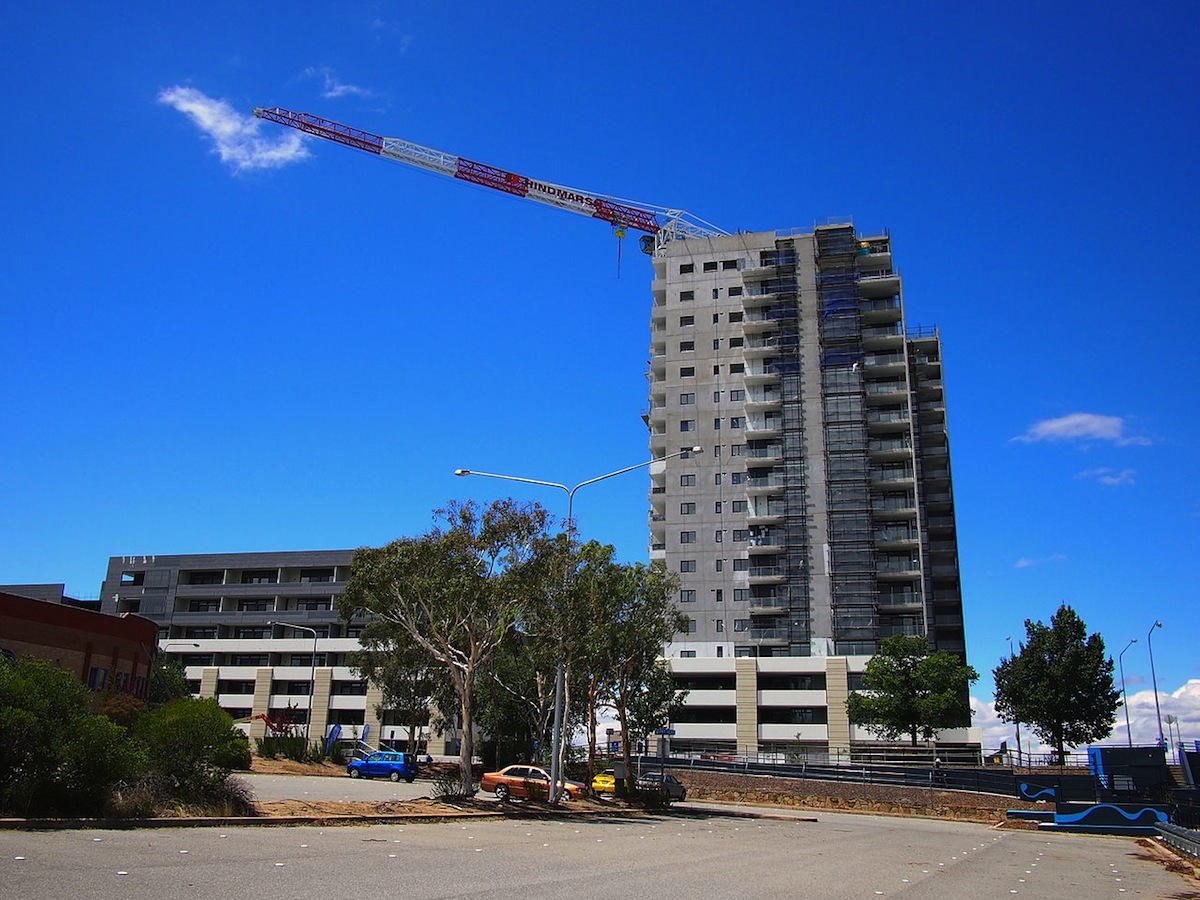Fannie Mae and 24 lenders that are part of an underwriting and servicing risk-sharing program provided $28.9 billion in financing for 446,000 units of multifamily housing in 2014. Fannie backstopped nearly all of those loans through its mortgage-backed securitization execution.
“It’s not just the volume that’s impressive, it’s the quality of the business,” said Hilary Provinse, Senior Vice President for Multifamily Customer Engagement, Fannie Mae. “We’re taking smart risks and winning the right deals” in what she described as an “incredibly competitive” market.
Fannie Mae’s Delegated Underwriting and Servicing (DUS) program has played a significant role in the multifamily housing market for 27 years. For 2014, Fannie singled out Bethesda, Md.-based commercial real estate finance company Walker & Dunlop, with 22 officers nationwide, as the lender in that program that produced the highest volumes of multifamily housing. Walker & Dunlop was followed by Wells Fargo Multifamily Capital, Berkadia Commercial Mortgage, CBRE Multifamily Capital, and PNC Real Estate.
Capital One Multifamily Finance was the DUS program’s leading producer for affordable multifamily housing. And KeyBank National Association’s lending produced the most seniors multifamily housing.
All told, the two government-sponsored enterprises, Fannie Mae and Freddie Mac, and its lenders provided $57.2 billion to finance the construction of more than 850,000 multifamily housing units.
Freddie’s $28.3 billion in multifamily volume was the second most in its history. CRBE Capital Markets was Freddie’s leading “Program Plus” seller for multifamily financing; Citibank produced the most affordable multifamily housing through this program; Walker & Dunlop the most very low-income units; and CRBE the most seniors housing.
Related Stories
Sustainability | Jul 13, 2023
Deep green retrofits: Updating old buildings to new sustainability standards
HOK’s David Weatherhead and Atenor’s Eoin Conroy discuss the challenges and opportunities of refurbishing old buildings to meet modern-day sustainability standards.
Contractors | Jul 13, 2023
Construction input prices remain unchanged in June, inflation slowing
Construction input prices remained unchanged in June compared to the previous month, according to an Associated Builders and Contractors analysis of U.S. Bureau of Labor Statistics Producer Price Index data released today. Nonresidential construction input prices were also unchanged for the month.
Government Buildings | Jul 13, 2023
The recently opened U.S. Embassy in Ankara reflects U.S. values while honoring Turkish architecture
The U.S. Department of State’s Bureau of Overseas Buildings Operations (OBO) has recently opened the U.S. Embassy in Ankara, Turkey. The design by Ennead Architects aims to balance transparency and openness with security, according to a press statement. The design also seeks both to honor Turkey’s architectural traditions and to meet OBO’s goals of sustainability, resiliency, and stewardship.
Affordable Housing | Jul 12, 2023
Navigating homelessness with modular building solutions
San Francisco-based architect Chuck Bloszies, FAIA, SE, LEED AP, discusses his firm's designs for Navigation Centers, temporary housing for the homeless in northern California.
Sponsored | Fire and Life Safety | Jul 12, 2023
Fire safety considerations for cantilevered buildings [AIA course]
Bold cantilevered designs are prevalent today, as developers and architects strive to maximize space, views, and natural light in buildings. Cantilevered structures, however, present a host of challenges for building teams, according to José R. Rivera, PE, Associate Principal and Director of Plumbing and Fire Protection with Lilker.
Building Owners | Jul 12, 2023
Building movement: When is it a problem?
As buildings age, their structural conditions can deteriorate, causing damage and safety concerns. In order to mitigate this, it’s important to engage in the regular inspection and condition assessment of buildings for diagnosis.
Mass Timber | Jul 11, 2023
5 solutions to acoustic issues in mass timber buildings
For all its advantages, mass timber also has a less-heralded quality: its acoustic challenges. Exposed wood ceilings and floors have led to issues with excessive noise. Mass timber experts offer practical solutions to the top five acoustic issues in mass timber buildings.
Multifamily Housing | Jul 11, 2023
Converting downtown office into multifamily residential: Let’s stop and think about this
Is the office-to-residential conversion really what’s best for our downtowns from a cultural, urban, economic perspective? Or is this silver bullet really a poison pill?
Adaptive Reuse | Jul 10, 2023
California updates building code for adaptive reuse of office, retail structures for housing
The California Building Standards Commission recently voted to make it easier to convert commercial properties to residential use. The commission adopted provisions of the International Existing Building Code (IEBC) that allow developers more flexibility for adaptive reuse of retail and office structures.
Laboratories | Jul 10, 2023
U.S. Department of Agriculture opens nation’s first biosafety level 4 containment facility for animal disease research
Replacing a seven-decade-old animal disease center, the National Bio and Agro-Defense Facility includes the nation’s first facility with biosafety containment capable of housing large livestock.

















